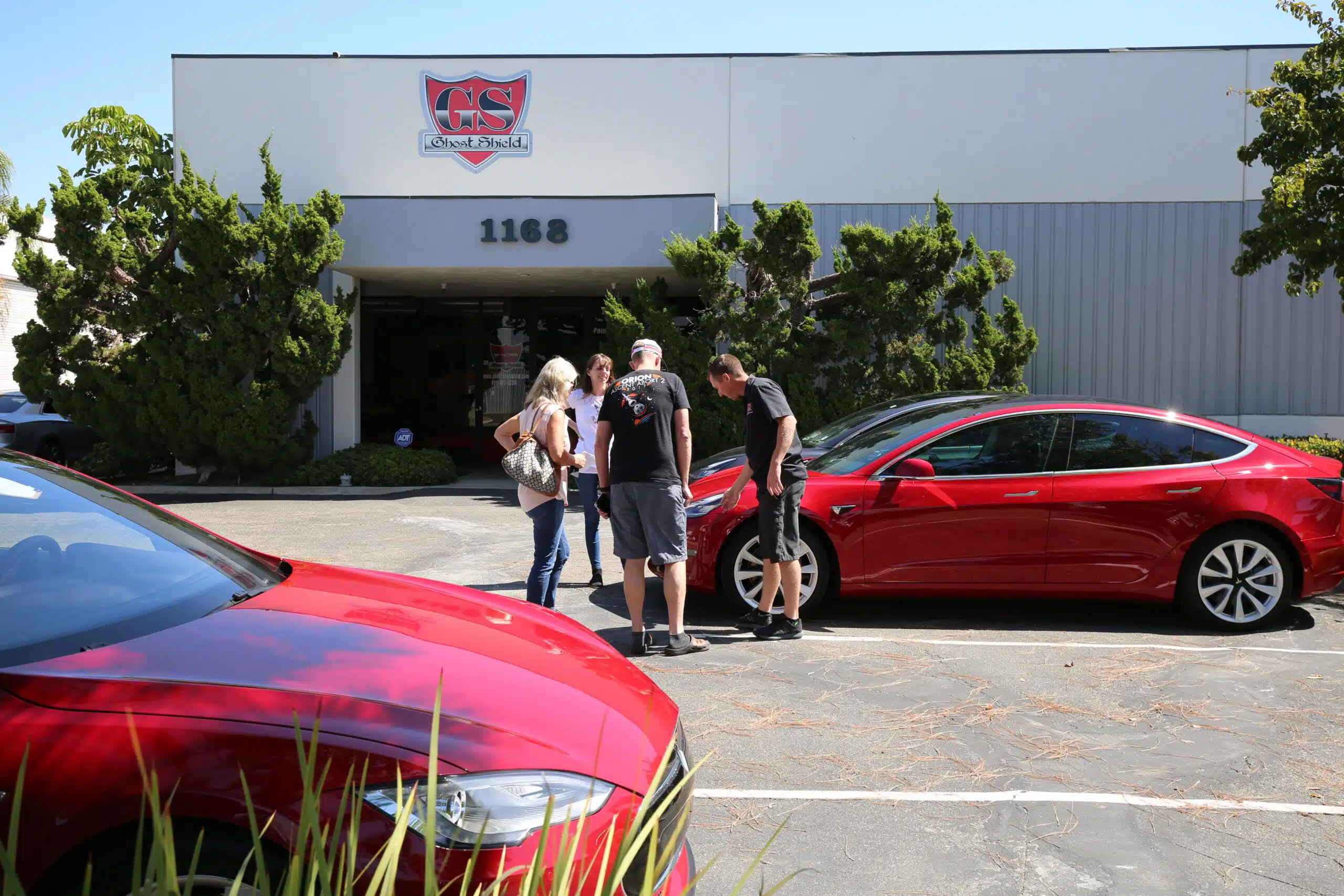Does Removing Paint Protection Film (PPF) Damage Paint? Understanding the Process and Challenges
Removing paint protection film (PPF) from your vehicle can be done without damaging the paint if handled correctly, but improper techniques can lead to issues such as peeling paint or scratches. It’s essential to know what the process involves, the potential difficulties, and why it’s often best to seek professional assistance for optimal results.
Frequently Asked Questions About PPF Removal
1. Is it safe to remove PPF without damaging the car’s paint?
Yes, when proper techniques are used, PPF can be removed safely without causing any damage to the car’s paint. The key is to soften the adhesive by applying controlled heat and peeling the film carefully at an appropriate angle.
2. What tools and supplies are necessary for PPF removal?
The process requires a few specific tools, such as a heat gun or hairdryer for heating, plastic razor blades or non-metallic scrapers to help with peeling, adhesive removers for cleaning residue, microfiber towels, and a gentle detergent for final cleaning.
3. How long does the PPF removal process take?
The time it takes to remove PPF varies depending on the size of the area covered, the condition of the film, and the thoroughness required for cleaning adhesive residue. It can take anywhere from a few hours to an entire day.
4. What are the potential challenges during PPF removal?
Common challenges include the risk of damaging the paint if the film is removed too aggressively, stubborn adhesive residue that takes extra effort to remove, and the possibility of the film tearing during the process, complicating removal and extending the time needed.
What’s Involved in Removing Paint Protection Film?
Successfully removing PPF involves several important steps, each designed to preserve the integrity of your car’s paint:
1. Initial Preparation: Begin by washing the vehicle’s surface to remove any dirt or debris that could scratch the paint when the film is peeled. A clean surface helps ensure a smoother removal process.
2. Applying Heat: Gently heating the PPF with a heat gun or a hairdryer is crucial. This step softens the adhesive, making the film easier to lift off without damaging the underlying paint. However, even heat distribution is essential—overheating can damage the paint.
3. Peeling Off the Film: Start from one edge and carefully peel the film back at a 45-degree angle. Applying steady, gentle pressure helps avoid damage. If you encounter resistance, reapply heat to further loosen the adhesive and continue peeling.
4. Removing Adhesive Residue: Once the film is off, some adhesive residue might remain. To remove this, apply an automotive-safe adhesive remover to a microfiber towel and gently rub the affected areas. This step requires patience and care to ensure the paint is not damaged.
5. Final Cleaning: Wash and dry the treated area thoroughly to remove any remaining residue or cleaning solution, leaving your vehicle’s paint clean and ready for any subsequent detailing or protective treatments.
Proper Removal Techniques
The removal process typically involves using heat to soften the adhesive and carefully peeling off the film. If done correctly, this should not damage the paint. Nevertheless, taking shortcuts or applying excessive force poses a risk of causing damage to the paint.
Check 12 Common Paint Protection Film FAQS
Challenges and Time Consumption
Removing PPF is not without its difficulties. The biggest risk is accidentally damaging the paint, particularly if the film has been on the car for a long time or has started to deteriorate. This can result in sections tearing during the removal process, making it more complex and time-consuming. Adhesive residue can also be particularly challenging to clean and may require repeated applications of remover and thorough buffing.
The overall time needed depends on the extent of the film and its condition. Removing a small section might take only a few hours, while full-body removal could span an entire day, especially if the adhesive residue is stubborn.
How long does Paint Protection Film last?
The popular brands we install, such as XPEL, STEK, and SUNTEK and offer Paint Protection Film (PPF) that typically lasts 10 years under warranty from manufacturer defects, depending on various factors such as the quality and thickness. The installation process and environmental conditions.
High-quality films installed by professionals tend to last longer and perform better.
Several elements can influence the lifespan of PPF:
- Quality of the Film: Premium brands offer advanced materials with greater durability and better UV resistance, extending their lifespan.
- Maintenance and Care: Regular washing and proper care can help preserve the film’s condition, allowing it to reach its maximum potential lifespan.
- Environmental Conditions: Exposure to harsh weather, extreme temperatures, and pollutants can reduce the film’s longevity. Vehicles often exposed to sunlight, road salt, or pollutants may see the film wear out faster.
- Installation Quality: A professionally installed PPF with proper techniques will generally last longer than one applied without expert knowledge.
With proper maintenance and high-quality film, PPF can protect your vehicle’s paint effectively for many years before needing replacement.
Our Professional Paint Protection Film Wrap Removal Services in Thousand Oaks, California

Given the complexities and potential pitfalls involved in PPF removal, relying on professionals is often the best option for ensuring your vehicle’s paint remains unharmed. At our Thousand Oaks, California, location, we offer expert PPF removal services that prioritize the safety and quality of your car’s finish.
Our team uses industry-approved methods and specialized tools to carefully remove PPF, handle stubborn adhesive, and clean up any residue without compromising the paint. Choosing our services saves you time and stress, providing a smooth, efficient removal process and preserving the pristine look of your vehicle.
For more information or to schedule your PPF removal appointment, contact us today. Our professional team is dedicated to delivering top-tier service and maintaining your car’s impeccable appearance.
CONCLUSION:
Yes, you can remove Paint Protection Film (PPF) without causing damage to your paint. Typically, during removals, installers employ heat to soften the adhesive, facilitating a smoother removal process. It is advisable to have a professional installer handle the removal of the film from any vehicle to prevent potential damage to the factory paint resulting from improper removal practices.
At Ghost Shield Film, we prioritize quality. Moreover, with 16 years of experience, we’ve become experts in installing Paint Protection Film (PPF), having worked on thousands of vehicles for dealerships, municipal departments, and individual clients. Feel free to contact us to learn about PPF removal and receive answers to any questions you have regarding removing paint protection film.
[yotuwp type=”videos” id=”R0lxx0letN4″ ]
Related Blogs:
The Best Paint Protection Film in Ventura County | Experience Ghost Shield Film
The Benefits of Paint Protection Film
Paint Protection Film Myths Busted
How PPF, Tint, and Ceramic Coating Can Increase Resale Value in California
